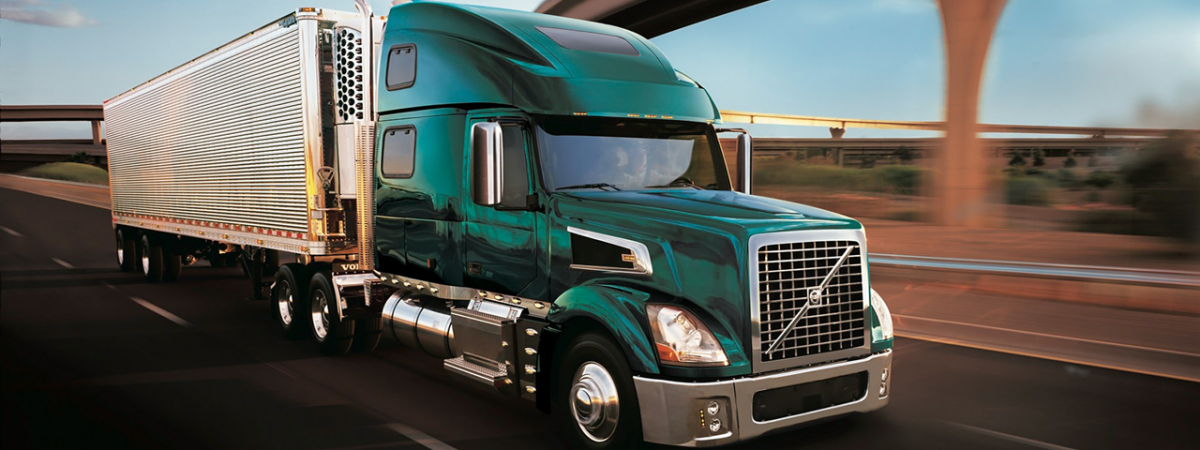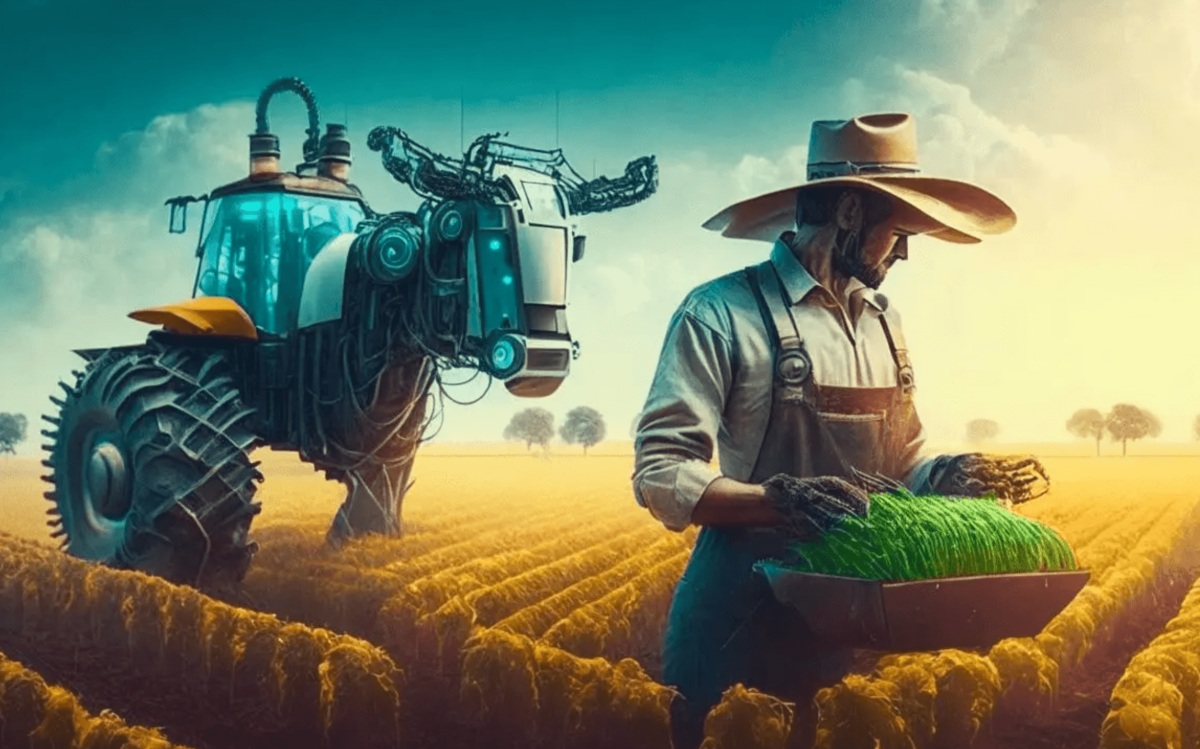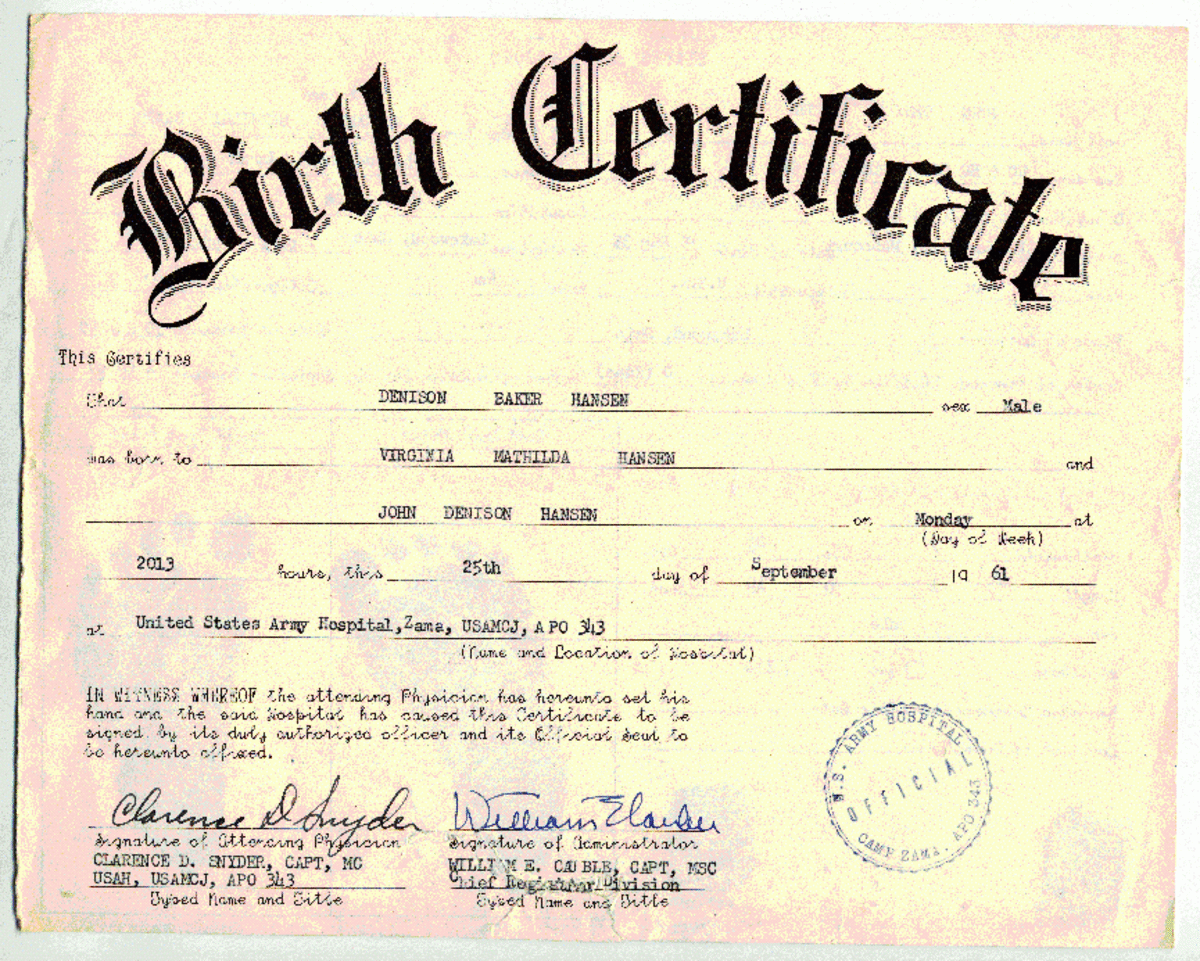Indian Agriculture: An Overview
Agrarian sector in India is given vital importance and accorded priority in budgetary allocation being the largest source of employment for millions of people. The actual budget allocation in 2002-03 for agriculture sector was Rs 7.6 thousand crores that was increased to Rs 1.39 lakh crores in 2019-20. Out of which Rs. 75.0 thousand crores will be for flagship scheme PM-KISAN. The GVA (Gross Value Added) at basic prices for 2019-20 from agriculture, forestry and fishing sector is estimated to grow by 2.8 per cent as compared to 2.9 per cent in 2018-19. Fertiliser subsidy allocation is increased from Rs 70,090 crore to Rs 79,996 crore, innovative pilots of 'zero budget farming' is to be replicated across the country to reduce fertiliser dependency. The newly carved out Ministry of Fisheries, Animal Husbandry and Dairying were allocated Rs 3,737 crore. Of this, Rs 805 crore was allocated to Pradhan Mantri Matsya Sampada Yojana (PMMSY) to address critical gaps in the value chain, including infrastructure, modernisation, traceability, production, productivity, post-harvest management and quality control.
Allocation under Pradhan Mantri Krishi Sinchai Yojana (PMKSY) has been made at Rs 3,500 crore to create 10,000 new farm producer organisations (FPOs).It is also proposed to set up 80 livelihood business incubators (LBIs) and 20 technology business incubators (TBIs) for developing 75,000 skilled entrepreneurs in the agro-rural industry sector.
Agriculture, with its allied sectors, is the largest source of livelihoods in India as 70 percent of its rural households still depend primarily on agriculture for their livelihood. As per Second Advance Estimates for 2019-20, total foodgrain production in the country is estimated at record 291.95 million tonnes (6.74 million tonnes higher than 2018-19). India is the largest producer, consumer and importer of pulses in the world. India's annual milk production was 165 MT (2017-18), making India the largest producer of milk, jute and pulses. It is the second-largest producer of several crops including rice, wheat, sugarcane, cotton and groundnuts, as well as the second-largest fruit and vegetable producer.
Notwithstanding diversified Indian economy, agriculture's contribution to GDP has steadily declined from 1951 to 2011. While achieving food sufficiency in production, India still accounts for a quarter of the world’s hungry people and home to over 190 million undernourished people. Incidence of poverty is now pegged at nearly 30 percent.
Premier industries like cotton textiles, jute and sugar industries depends on the agriculture sector for supply of raw material. Contribution of agriculture and allied sector during 2008-2009 was about 17.1 percent in terms of Gross Domestic Product (GDP) of India. Agriculture generates employment opportunities for majority of the population. Share of the agriculture in the GDP has considerably declined over the years and it has come down to a level of 13.7% in the year 2012-13 compared to 30% in 1990-91.
Currently, agriculture sector provides employment to about 52% of the workforce that used to be about 61% in 1990-91. Industrial and service sectors have outpaced agriculture sector during the past two decades as evident from the average annual growth of agriculture sector (around 3%) of the overall average growth of the economy (6 - 7%). However, the proportion of workforce engaged in agriculture did not commensurate with the decline of its share in the gross domestic product.
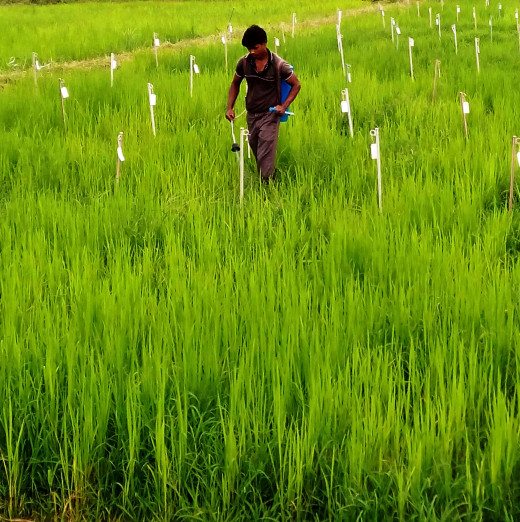
Growth in Indian economy always get affected by the monsoon as 55.7 percent of area sown in India is dependent on rainfall. If rainfall is normal, it results in good output of agriculture. In case of deficit rainfall, agriculture output is adversely affected that has its impact on growth of Indian economy. Despite shrinkage of cultivated area, extensive research and development has helped to increase farm production in India.
Food Security
Food grain availability in India was 395 g per capita per day in 1950 as India's population was 361.1 million and country's total food production was 50.82 million tonnes. India imported 18000 tonnes of seeds of high yielding wheat varieties from Mexico and also segregating wheat materials from CIMMYT in the year 1966. Availability and development of high yielding, semi-dwarf, fertilizer responsive but lodging resistant wheat and rice varieties coupled with increased irrigation area (47.8%), expansion of land area and supporting policy decisions helped India produce 264.2 million tonnes food grains (as per the 4th Advance estimates) in 2013-14 to feed its growing population. About 73 per cent of the gross sown area is covered by food crops.
Trend of production has never been consistent due to heavy dependency of agriculture on monsoon. After touching the mark of 151 million tonnes in 1983-83, it declined to 140.4 million tonnes in 1987-88 due to worst ever drought during post independence period.
The year 1994-95 witnessed the record production (191.1 million tonnes) of food grains. Wheat production increased to 65.5 million tonnes and rice production to 81.1 million tonnes in 1994-95.Production figures for major crops are shown in the table given below.
Facts & Figures
- Agriculture supports 65% of the population (75% in 1947 - at independence)
- Contribution of agriculture & allied sector is 18% to GDP (61% at independence)
- Agriculture constituted about 10.59% of the total value of India's exports (2009-10) and ranked 94th in the Global Hunger Index (out of 119 countries)
- Nearly half of children population in India is underweight and 20% of World's hungry people (One billion) live in India
- India supports 16.8% of World's population with 4.2% of World's water resources and 2.3 % of World's land area
- Per capita resource availability is 1/4 to 1/6th of World's average
Status of agriculture during UPA regime (2004-05 to 2013-14)
Food grains output
- 255 million tonnes in 2012-13 crop year (July-June) from 198 million tonnes in 2004-05.
- Rs 7,00,000 crore farm credit in 2013-14 compared to Rs 1,04,500 crore in 2004-05.
Support price
- Wheat MSP hiked from Rs 640/quintal in 2004-05 to Rs 1,350/quintal in 2012-13.
- Paddy MSP increased from Rs 560/q to Rs 1,250/q in 2012-13.
Agri-exports
- Share of Indian agri-exports rose to 2.6 per cent in 2012.
- In 2013, India exported farm items worth $41 billion against import of $20 billion.
- The food grains stock was at 80 million tonnes or more as on July 1, 2012.
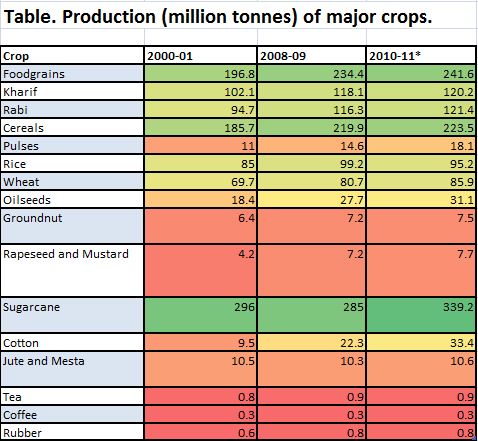
Animal Husbandry and Dairy Development
The value of output from livestock and fisheries sectors was about 30 per cent of value of output from total of Agriculture, Animal Husbandry & Fisheries sector.
These sectors contributed 5.21 percent to the total GDP during 2007-08. India accounts for 57 per cent of the world’s buffalo population and 14 per cent of the cattle population. Production figures related to milk, egg and wool are given below.
With 104.9 m t milk production in the year 2007-08, India continues to be the largest producer of milk in the world,
India ranks among top three countries in the world with a poultry population of 489 m and egg production of 53.5 billion in 2007-08,
India has availability of 42 eggs per person per annum as per the estimates of 2007-08,
Broiler production has increased at a growth rate of 8 -10 percent per annum and present broiler production is about 2.2 million metric tonnes in 2007-08,
44.0 million kg of wool was produced during 2007-08,
About 483478 M.T. Buffalo Meat and 8908.72 MT sheep/goat meat were exported during 2007-08,
- India produces a wide variety of spices like black pepper, cardamom, ginger, garlic, turmeric, chilli and a large variety of tree and seed spices.
- The total production of spices was 4.3 million metric tonnes and the area covered was 2.56 million hectares.
- India is the largest producer and consumer of cashew nuts. Total production of cashew is around 0.57 million tonnes
- India’s produced about 101 Metric Tonnes vanilla in 2004-05.
- India is the third largest producer of coconut and leads 90 coconut-producing countries of the world.
- It occupies top position in arecanut production.
- About 2000 native plant species have curative properties and 1300 species are known for their aroma and flavour.
- The Indian systems of medicines, popularly known as Ayurveda, Unani and Siddha drugs are of great demand in the country.
India's Global Rankings in various agricultural activities (2012)
Top Producer: Largest producer of milk in the world and per capita availability was 296 g/day. Also, india is the largest producer of cashew nut, areca nut, mango, banana, cheeku and acid lime. Average productivity of grapes is highest in India compared to other countries in the world.
Second Largest:India is second largest producer of paddy with a contribution of 21% in global production (China is largest). Other major producers of paddy in the order are Indonesia, Bangladesh and Vietnam.
India is second largest producer of wheat (China, the largest producer). Russian Federation and USA are other major producers.
India is the second largest sugarcane producing country in the world. Brazil is the largest producer. Third, fourth and fifth slots are held by China, Thailand and Mexico, respectively. Per capita consumption of sugar in 2012 was 18.9 kg/year/person in 2012. India is second largest producer of onion (China, the largest producer).
Pulses, & other agricultural products:India ranks among top three producers of pulses, roots & tuber crops, vegetables, eggs, inland fish, dry fruits, coconut, textile raw materials etc. Among the various pulses, averaged over years, chickpea constitutes the largest share (40%) followed by pigeon pea (18-20%), mung bean (10%), urd bean (10-12%) and lentil (8-9%).
Maize: India is the 5th largest maize producer (USA is first, China is 2nd, Brazil -3rd, Mexico - 4th)
Emission of Green House Gases: Second largest emitter of Green House Gases from agricultural activities (China is first, Brazil is third and USA is fourth).
Horticultural crops:
- 10 per cent of gross cropped area is occupied by horticultural crops
- India is the second largest producer of fruits and vegetables.
- Production of fruits and vegetables account 160.75 million tonnes (49.4 m. t. of fruits & 93.0 m. t. of vegetables).
- India's share in world fruit and vegetable production is 10 and 13.28 per cent respectively.
- tropical and sub-tropical fruits grown in India include Mango, banana, citrus, pineapple, papaya, guava, cheeku, jackfruit, litchi and grape,
- Temperate fruits grown in India are apple, pear, peach, plum, apricot, almond and walnut
- Among the arid fruits, India grows aonla, ber, pomegranate, annona, fig and phalsa
- India leads in productivity of grapes per unit land area.
- India is the largest producer of mango, banana, cheeku and acid lime.
- About 39 per cent of world’s mango and 23 per cent of world’s banana is produced in the country.
- India is next only to China in area and production of vegetables and occupies prime position in the production of cauliflower, second in onion and third in cabbage in the world.
- Floriculture is estimated to cover an area of 1.14 lakh ha. with a production of 6,70,000 MT of loose flowers and 13009.3 million cut flowers.
© 2009 C V Singh




